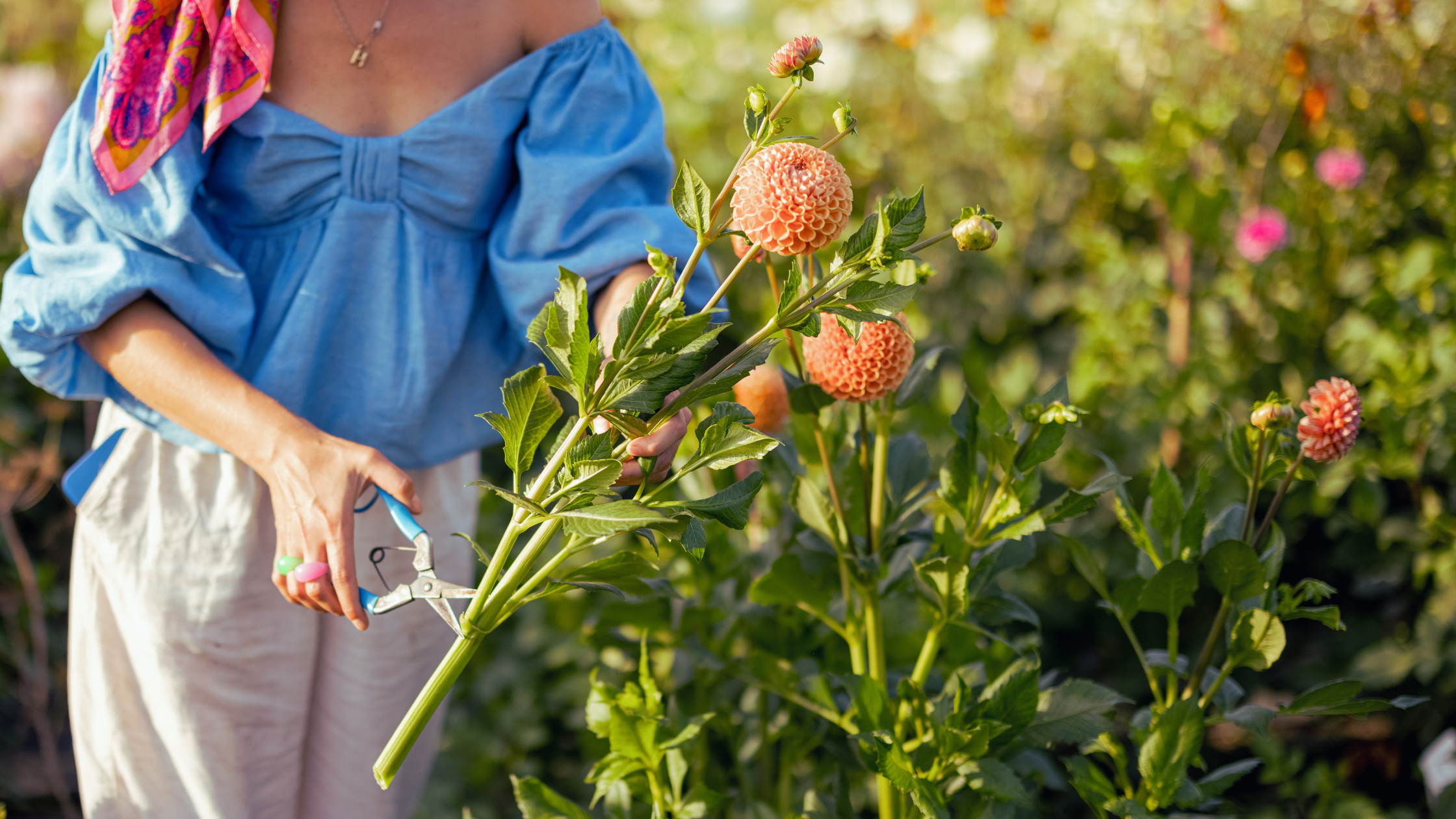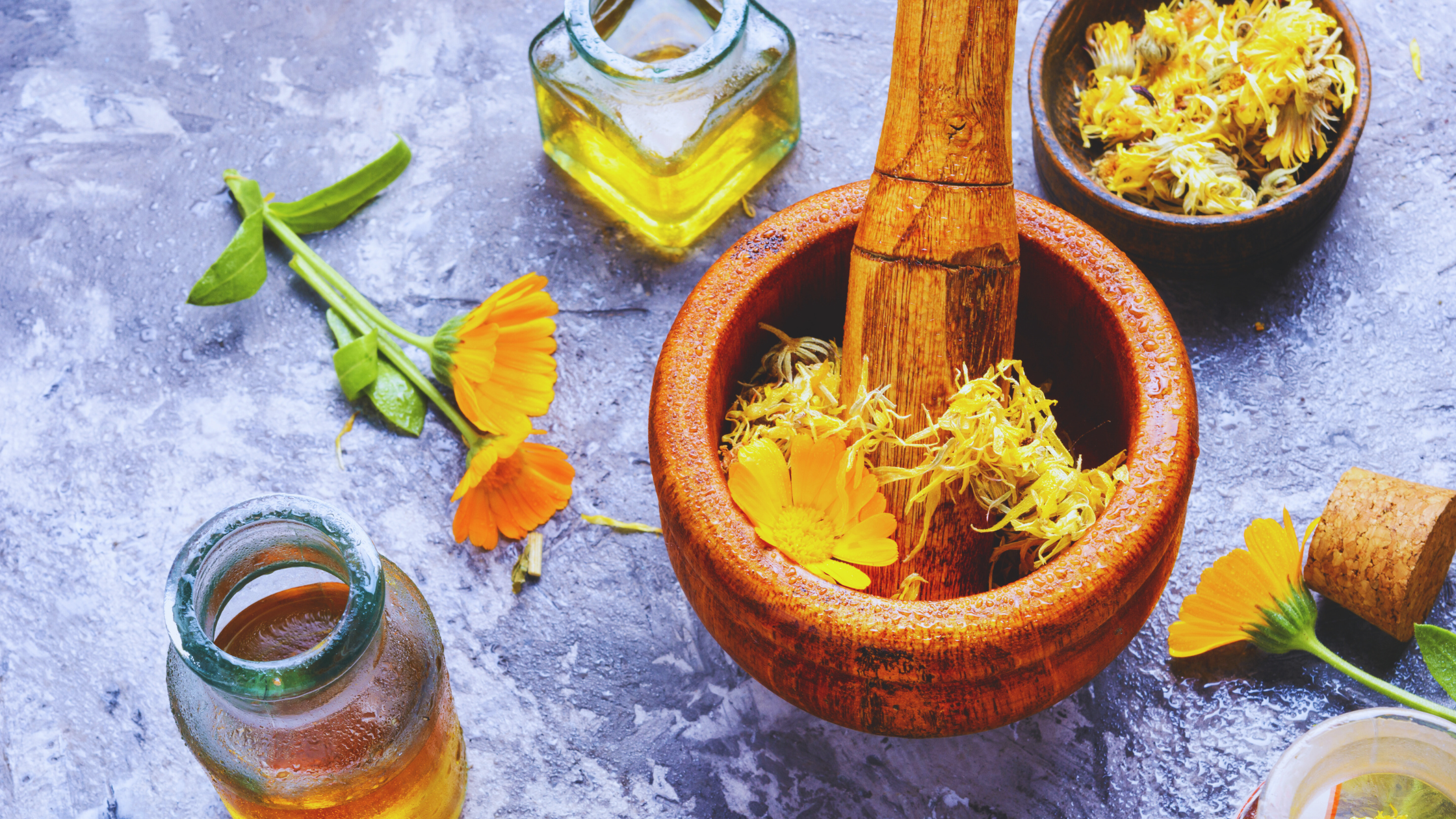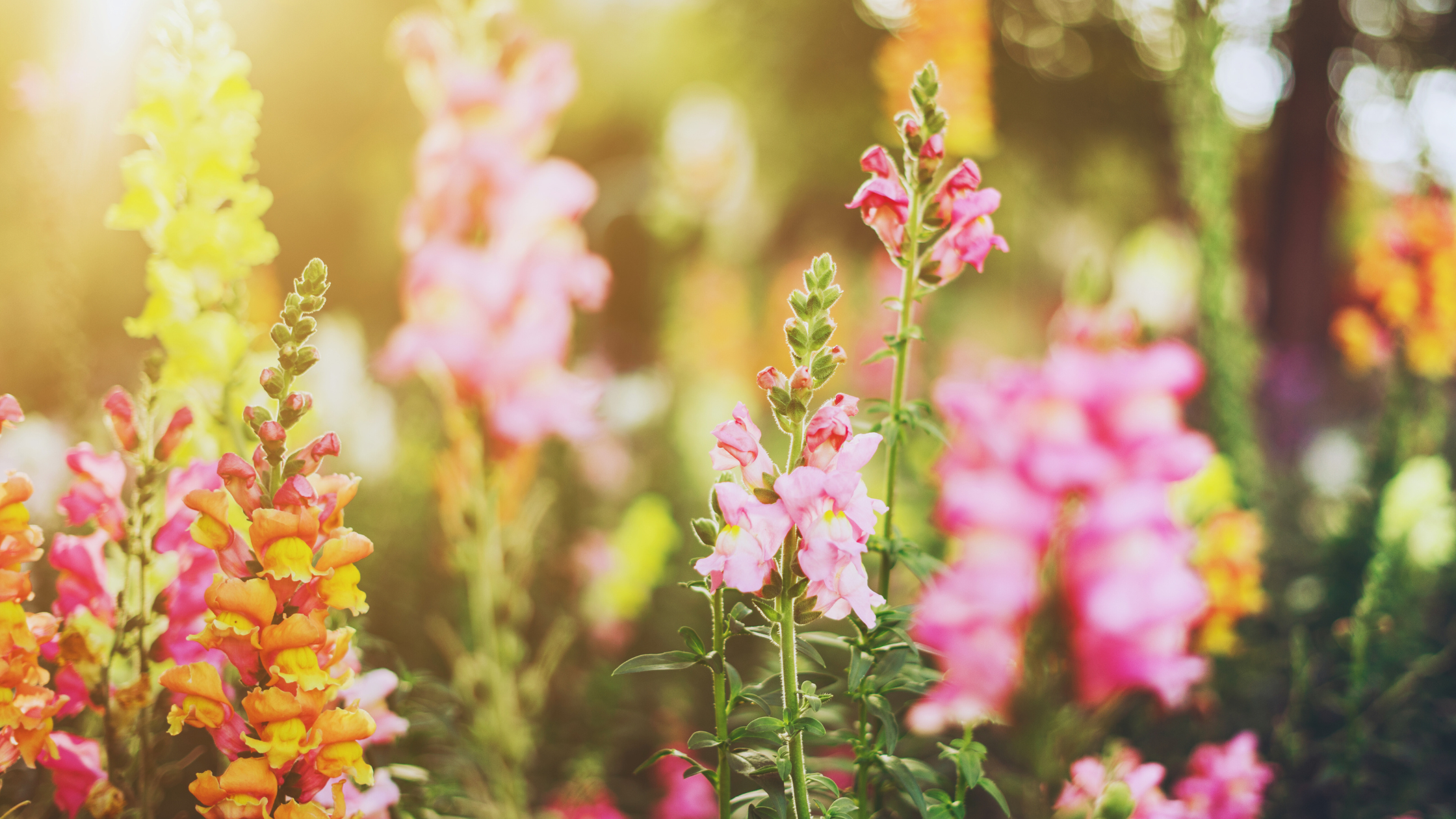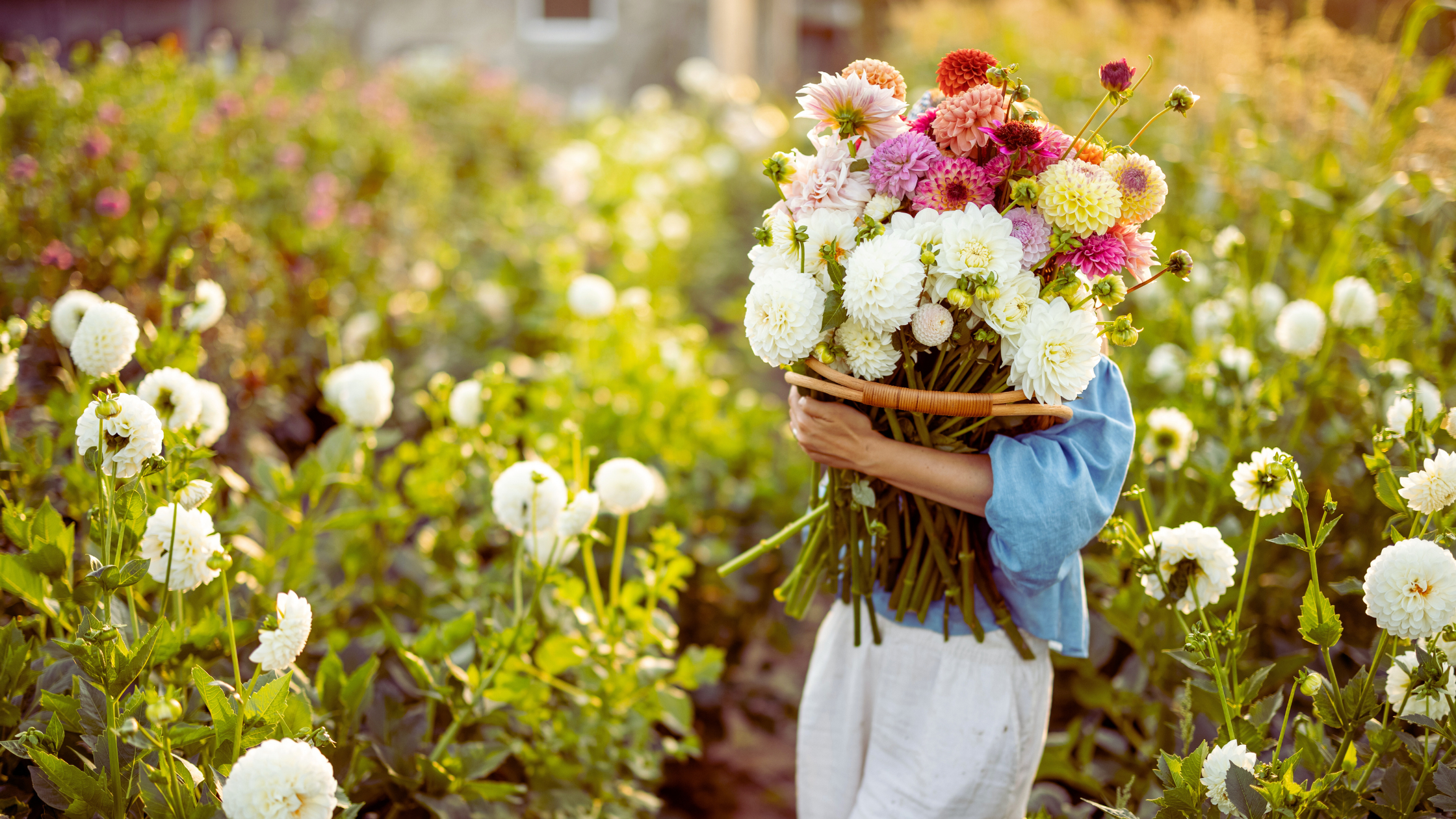Summer is a vibrant season for cut flower gardens, bursting with color and life. However, maintaining a flourishing garden during the hot months requires some specific care and attention. Whether you’re a seasoned gardener or a beginner, these five tips will help you prepare and maintain your cut flower gardens for a beautiful and bountiful summer bloom.
Let’s get into our 5 Tips for Cut flower Gardens:
1. Watering Wisely
Proper watering is crucial during the summer months. Early morning watering helps reduce evaporation and ensures your flowers receive the hydration they need. Deep, infrequent watering encourages deep root growth, making plants more drought-resistant.
Benefits of Proper Watering:
- Reduced Stress: Minimizes plant stress during hot days.
- Better Blooming: Ensures consistent, vibrant blooms.
- Healthier Roots: Promotes strong root systems.

Sources: Gardeners.com: How to Water Your Garden
2. Mulching to Retain Moisture
Mulching is an effective way to retain soil moisture and regulate soil temperature. Apply a layer of organic mulch around your plants to help conserve water and suppress weeds. Mulch also adds organic matter to the soil as it decomposes.
Benefits of Mulching:
- Moisture Retention: Keeps soil cool and moist.
- Weed Control: Reduces weed growth.
- Soil Health: Improves soil structure and fertility.
Sources: The Old Farmer’s Almanac: Mulching Guide
3. Deadheading for Continuous Blooms
Deadheading, or removing spent flowers, encourages plants to produce more blooms. Regularly check your garden for faded flowers and snip them off to promote continuous flowering throughout the summer.
Benefits of Deadheading:
- Prolonged Blooming: Stimulates new flower production.
- Neater Appearance: Keeps the garden looking tidy.
- Healthy Growth: Redirects energy to healthier parts of the plant.

Sources: Better Homes & Gardens: How to Deadhead Flowers
4. Fertilizing for Robust Growth
Summer is an active growing season, and your cut flowers need a nutrient boost. Use a balanced, slow-release fertilizer to provide essential nutrients without overwhelming the plants. Organic options like compost or fish emulsion are excellent choices.
Benefits of Fertilizing:
- Enhanced Growth: Provides necessary nutrients for vigorous growth.
- Improved Bloom Quality: Leads to larger, more vibrant flowers.
- Soil Enrichment: Enhances soil fertility over time.
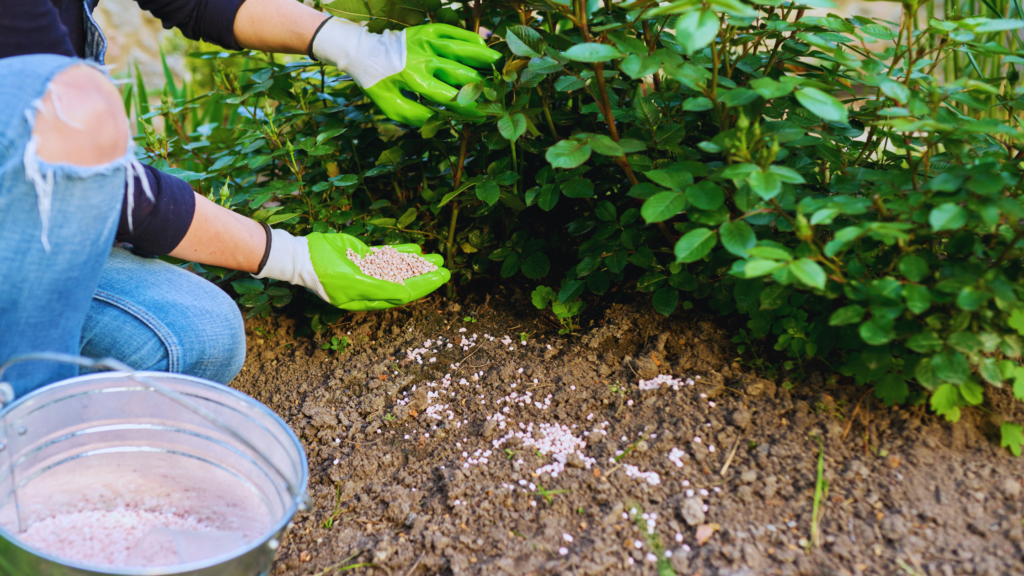
Sources: Gardening Know How: Flower Garden Fertilizer Tips
5. Pest and Disease Control
Summer brings an increase in pests and diseases. Regularly inspect your garden for signs of trouble and take immediate action. Use organic pest control methods, such as neem oil or insecticidal soap, to keep your garden healthy.
Benefits of Pest Control:
- Healthier Plants: Prevents damage from pests and diseases.
- Eco-Friendly: Organic methods protect beneficial insects and the environment.
- Increased Yields: Ensures plants can focus on blooming rather than fighting off pests.
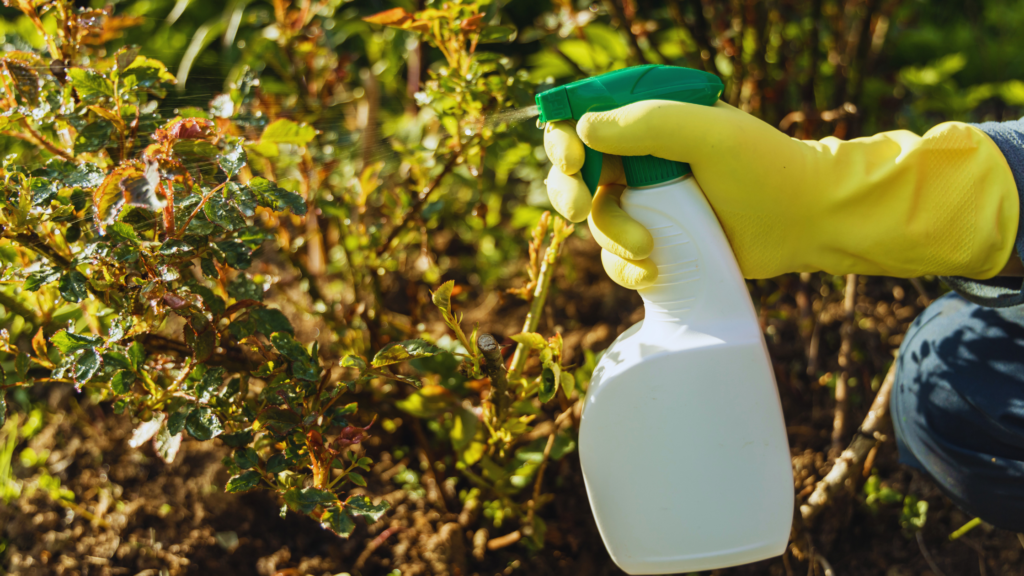
Sources: University of California Agriculture & Natural Resources: Integrated Pest Management
Preparing your cut flower garden for summer involves a mix of watering, mulching, deadheading, fertilizing, and pest control. By following these tips, you’ll ensure your garden remains vibrant and healthy throughout the season, providing a stunning display of blooms. Enjoy the beauty and satisfaction of a well-maintained summer garden as well as a home filled with constant joy in the form of homegrown bouquets!

Follow along and in a few months be sure to read our sequential blog on all things “Tips for cut flower gardens” and read: 5 Tips To Prepare your Cut Flower Garden: Fall/Early Spring
